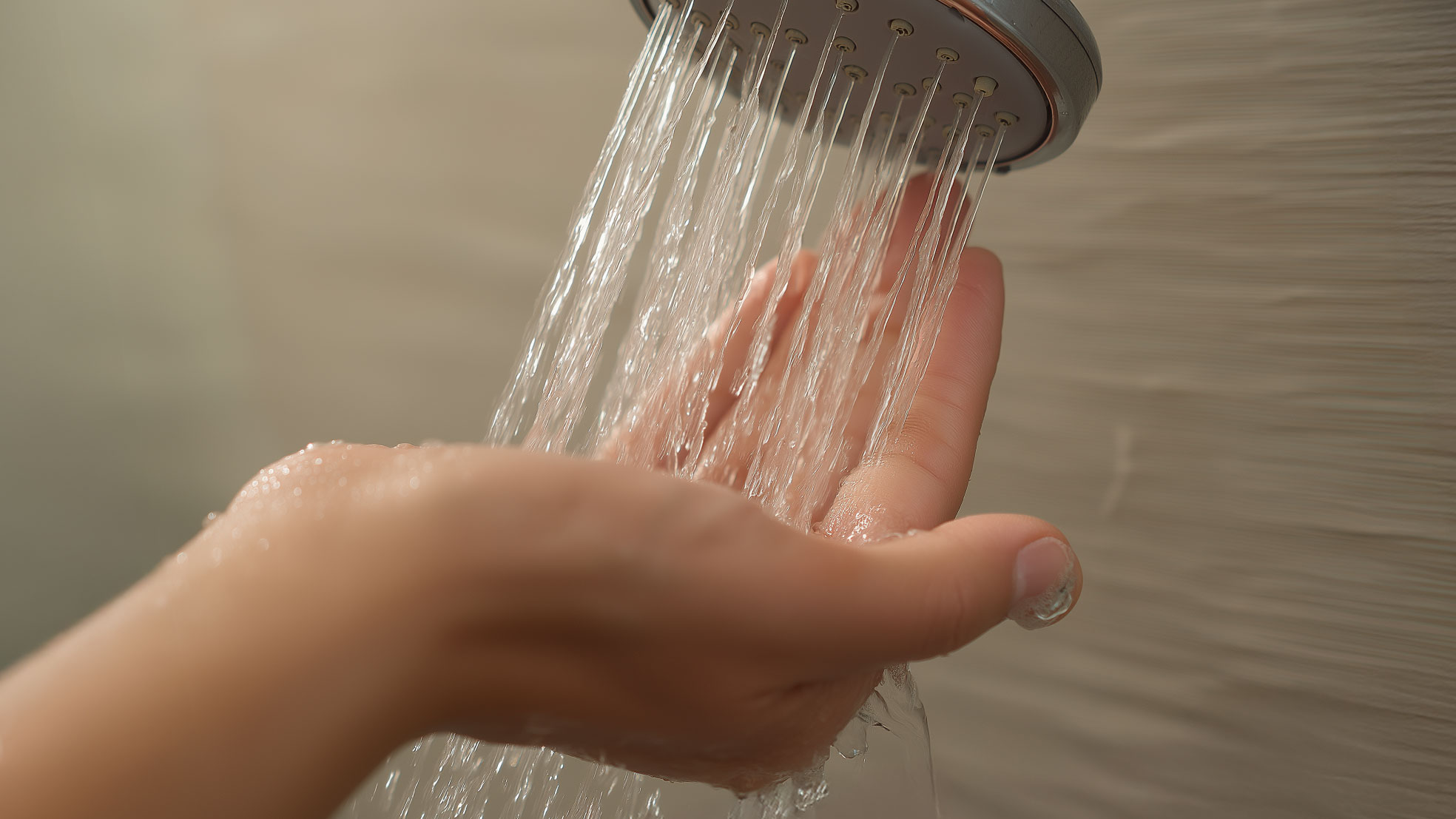Frustrated with a weak stream? Here's how to bring power back to your shower.
There’s nothing worse than stepping into the shower and being met with a sad, slow trickle of water. Low water pressure doesn’t just ruin the experience — it can waste time, reduce comfort, and even signal a plumbing issue.
The good news? Whether you're dealing with an older home, mineral build-up, or municipal supply issues, there are simple fixes and smart upgrades that can make a big difference.

Let’s explore both quick solutions and long-term strategies to restore pressure and improve your shower routine.
Before trying to fix the problem, it's important to figure out what's causing the low pressure.
Common culprits include:
Mineral or limescale build-up in the showerhead
A partially closed water valve
Clogged pipes or aerators
Old or narrow plumbing systems
Shared water lines (e.g. in apartments)
Pressure regulators that are set too low
Tip: Check if the low pressure is affecting just your shower or the whole house. If it’s only the shower, the fix might be easier than you think.
2. Clean the Showerhead
Over time, mineral deposits can block the nozzles of your showerhead, especially in hard water areas.
Quick fix:
Remove the showerhead and soak it in white vinegar for 30–60 minutes.
Scrub the nozzles gently with a toothbrush or toothpick.
Rinse and reinstall.
Bonus: Do this every few months to maintain optimal flow.
Sometimes, the water valve isn’t fully open, especially after plumbing work or renovations.
Locate the main shut-off valve (usually near your water meter or inside a utility area) and ensure it’s fully open.
Also, check any local valves near the shower, if applicable.
Tip: Open valves slowly to prevent pressure shock or leaks.
Modern showerheads often include built-in flow restrictors to conserve water. In some cases, these can reduce pressure too much, especially in areas with already low supply.
What you can do:
Disassemble the showerhead and remove the small plastic or rubber flow restrictor.
Be careful — removing it may increase water use.
Note: Always check local regulations — some countries require these restrictors for environmental reasons.
If cleaning and tweaks don’t help, it might be time for an upgrade.
Options include:
Pressure-boosting shower heads (designed to work better at low pressure)
Inline shower pumps or booster pumps for more serious pressure problems
Electric showers (in some regions) that heat and pump water independently
Tip: Consult a plumber if you’re unsure which option suits your plumbing system.
If your water pressure drops when other taps or appliances are running, try adjusting your usage.
Avoid running the washing machine or dishwasher during shower time
Consider installing pressure-balancing valves to stabilize flow
Smart fix: Install a thermostatic shower mixer to avoid temperature drops caused by pressure changes.
In older homes with narrow or corroded pipes, poor water pressure can be a structural issue.
Replacing old galvanized pipes with copper or PEX piping can significantly improve pressure
A whole-house pressure pump may also help in extreme cases
Note: These are long-term investments — talk to a professional plumber before committing.
Low water pressure doesn’t have to ruin your daily shower. With a combination of regular maintenance, smart adjustments, and — if needed — a few upgrades, you can bring power and comfort back to your bathroom.








